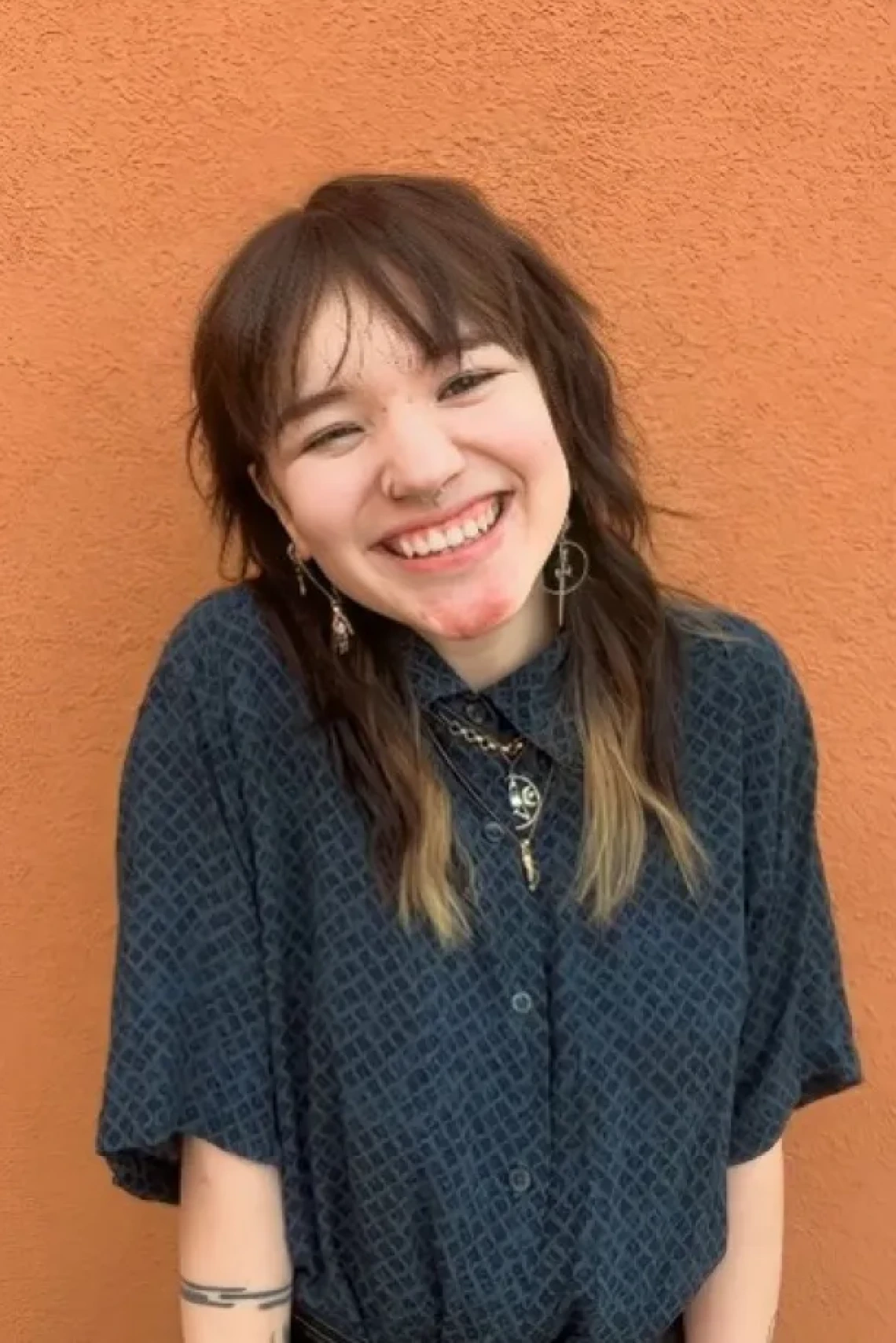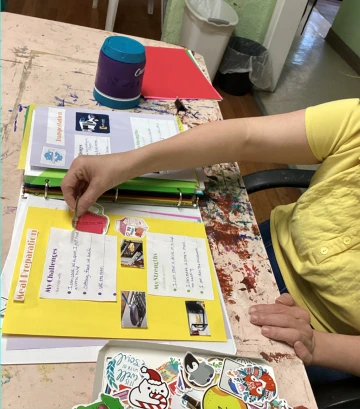The CACTI Blog: Exploring Stories Beyond Verbal Communication

By Ree Lee, 2023-2024 Undergraduate Certificate in Developmental Disabilities
As a young kid, I always felt like a bit of an outsider. I recognized that there was something different about myself that made it more difficult for me to connect with others. My parents recognized this and put me into dance classes in hopes that I would have some sort of outlet to express myself, because I was otherwise seen as very quiet and reserved. As I got older and invested myself more into dance, I learned that this was the way for me to communicate and connect with others. I continued dancing throughout high school and even moved to Los Angeles to try and pursue it as a career. By this time, I was still seen as an introvert who kept to myself, but in spaces where I was able to dance I felt more capable of communicating, and overall felt understood. When I moved back to my hometown, Tucson, I recognized another passion of mine, which stemmed from this experience I had growing up: helping others feel understood. This led me to my decision to go back to school and study psychology, with the intent of pursuing dance therapy as a career.
When I learned about the Sonoran Center for Excellence in Disabilities Certificate Program, I was in the process of getting my official diagnosis for autism and ADHD and was excited to see this opportunity to learn more about my newfound community. Within this program, I was able to connect with Dr. Yumi Shirai, the Director of ArtWorks and a professor at the university, as well as immerse myself into the disability community as a whole. Dr. Shirai allowed me to work with her on her research project titled, Exploring Communities and Connections Where I Belong: Arts-Based Person-centered Book Making Workshop. This project uses the framework of person-centered planning and empowers individuals with IDD by giving them an aid for communication in spaces where it can be challenging. Individuals with IDD can oftentimes have difficulty communicating in healthcare settings, social settings, or with new environments support providers. Within the project, the goal of the created books is to fill the gap in communication and foster a greater sense of ability for everyone.
For this project, Dr. Shirai created a set of workshops, facilitated by staff and the artists themselves. These work to form an all-inclusive book composed of visual art and text that combines information about their support system, support needs, favorite things to do and other key parts of their identity. The participants in this study are the main source of all that is put into the scrapbook, which allows for them to have independence and control over what they would like to share. In the project, data analysis was my primary role. I really enjoyed seeing the scrapbooks in action and coding the results before and after the scrapbook’s production. When each participant referenced their scrapbook, they were able to give more information about themselves, which helped the interviewer understand them further.

While working on this project, I reflected back on my experience with dance. To this day it is something I use as a primary communication tool to help articulate my thoughts and emotions. Therefore, I asked Dr. Shirai if there was any way I could share this experience with the community at ArtWorks. Coincidentally, she informed me that there was a class of music students coming in for the next few weeks to interview and work with the artists at Artworks. Their project’s goal was to see how music helps them communicate in a similar way. This opened a great opportunity for me to also come in and provide a movement component into the project, with permission of Dr. Shirai and the professor of this class, Dr. Gubner, of course. My involvement in the project aimed to help the participants see dance as a form of communication and release, which blended with their project pretty seamlessly.
With the help of the Sonoran Center, the experiences from both projects allowed me to recognize the power of each art form and expand my knowledge of the community. Visual art, music, and dance are all valid ways to express oneself, but are not always utilized. I am grateful to have been a part of these projects that recognize the capacity that art has to articulate one’s emotions, desires, and needs. I saw firsthand how the individuals at ArtWorks’ confidence, independence, and empowerment radiates when you connect and share your art. This is something I hope to continue to provide space for individuals of all abilities to experience as I move forward in my career.
The CACTI Blog features the voices of our interdisciplinary trainees and Community Advisory Council members as they highlight diverse images of people with disabilities and provide community information and advocacy on disability issues. Check Out The CACTI Blog
